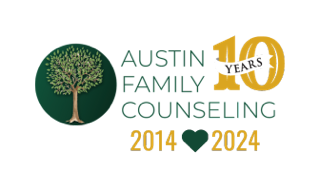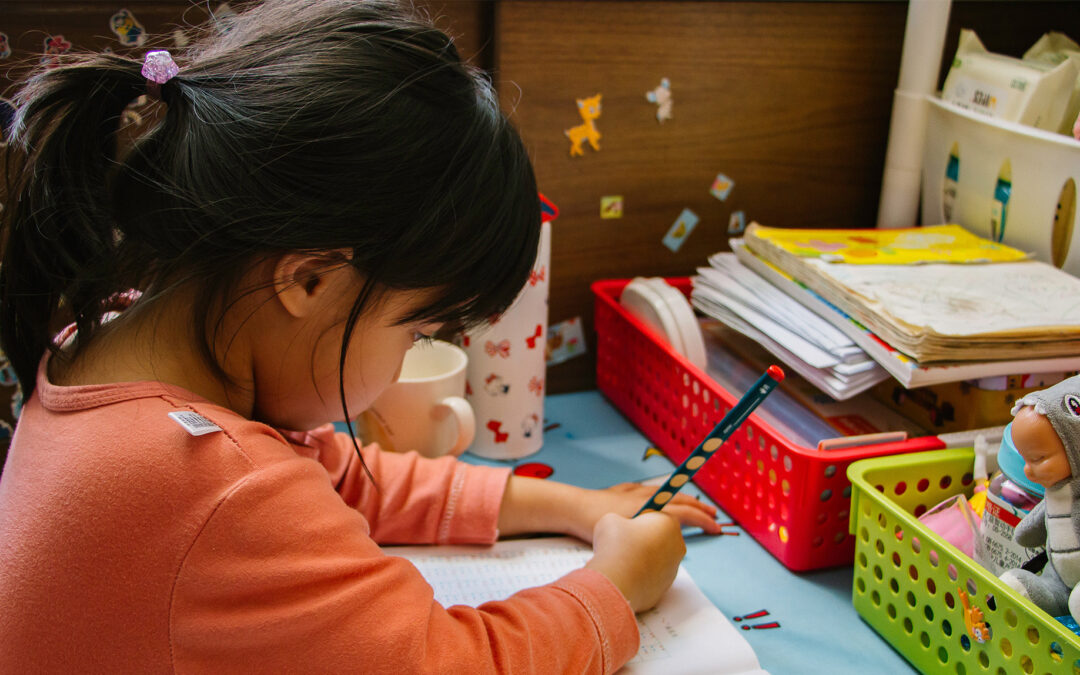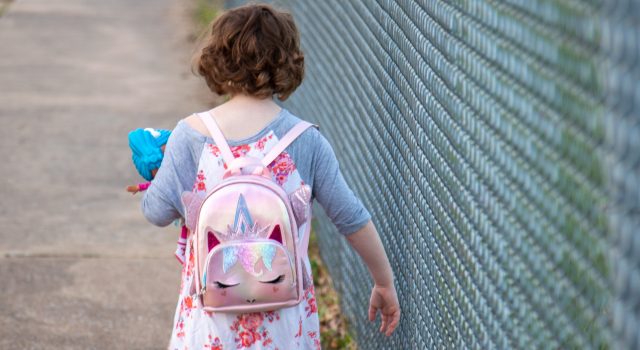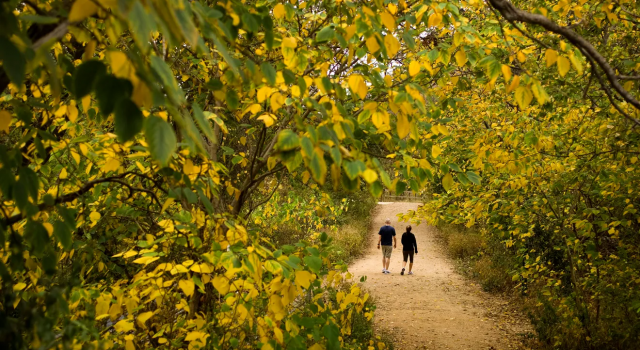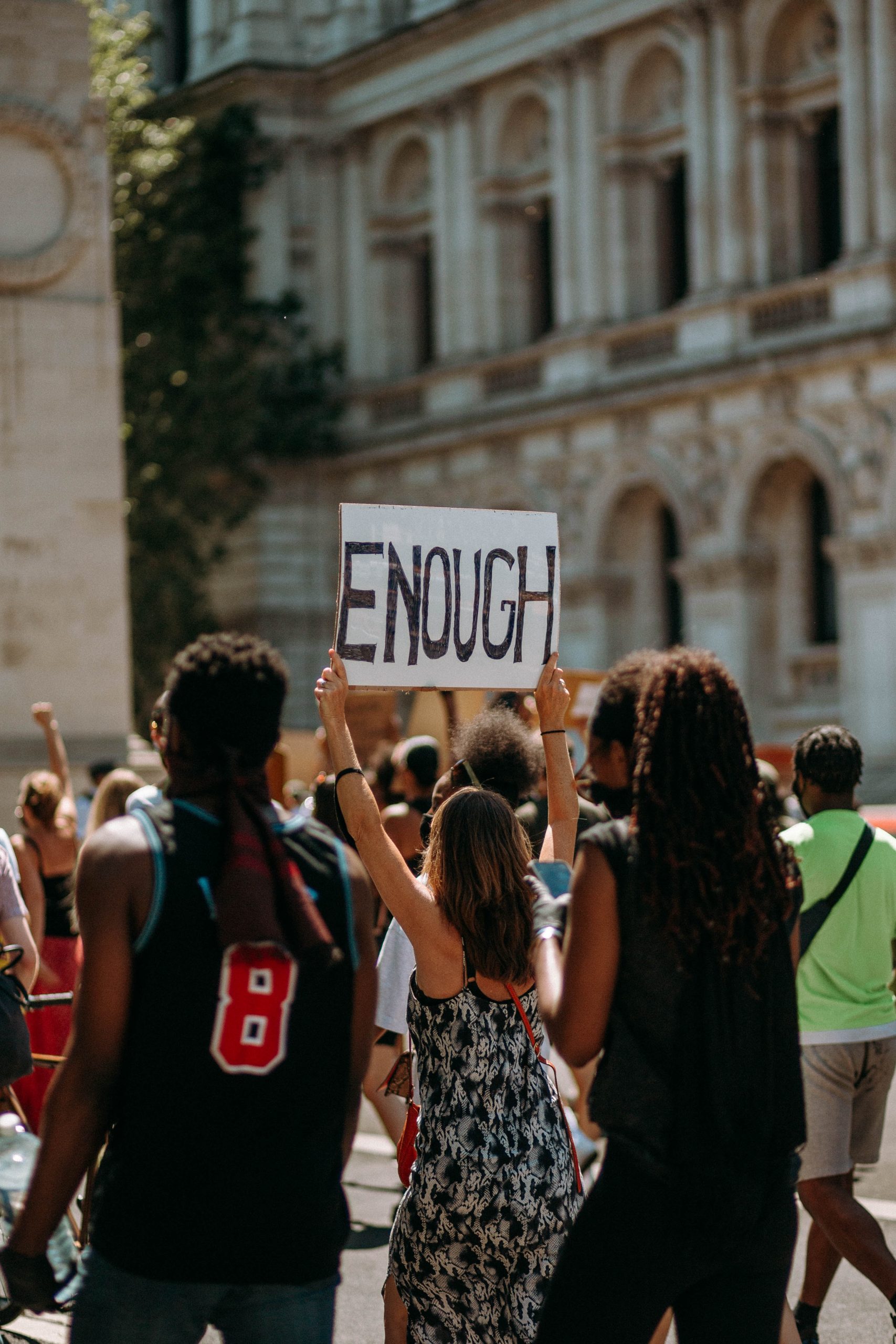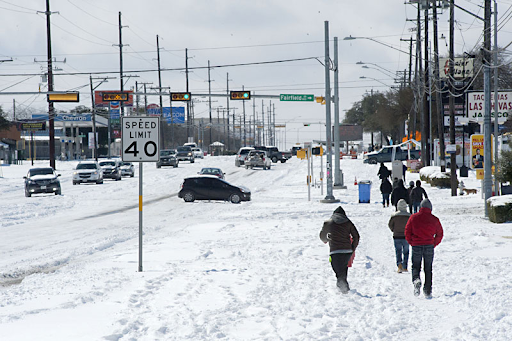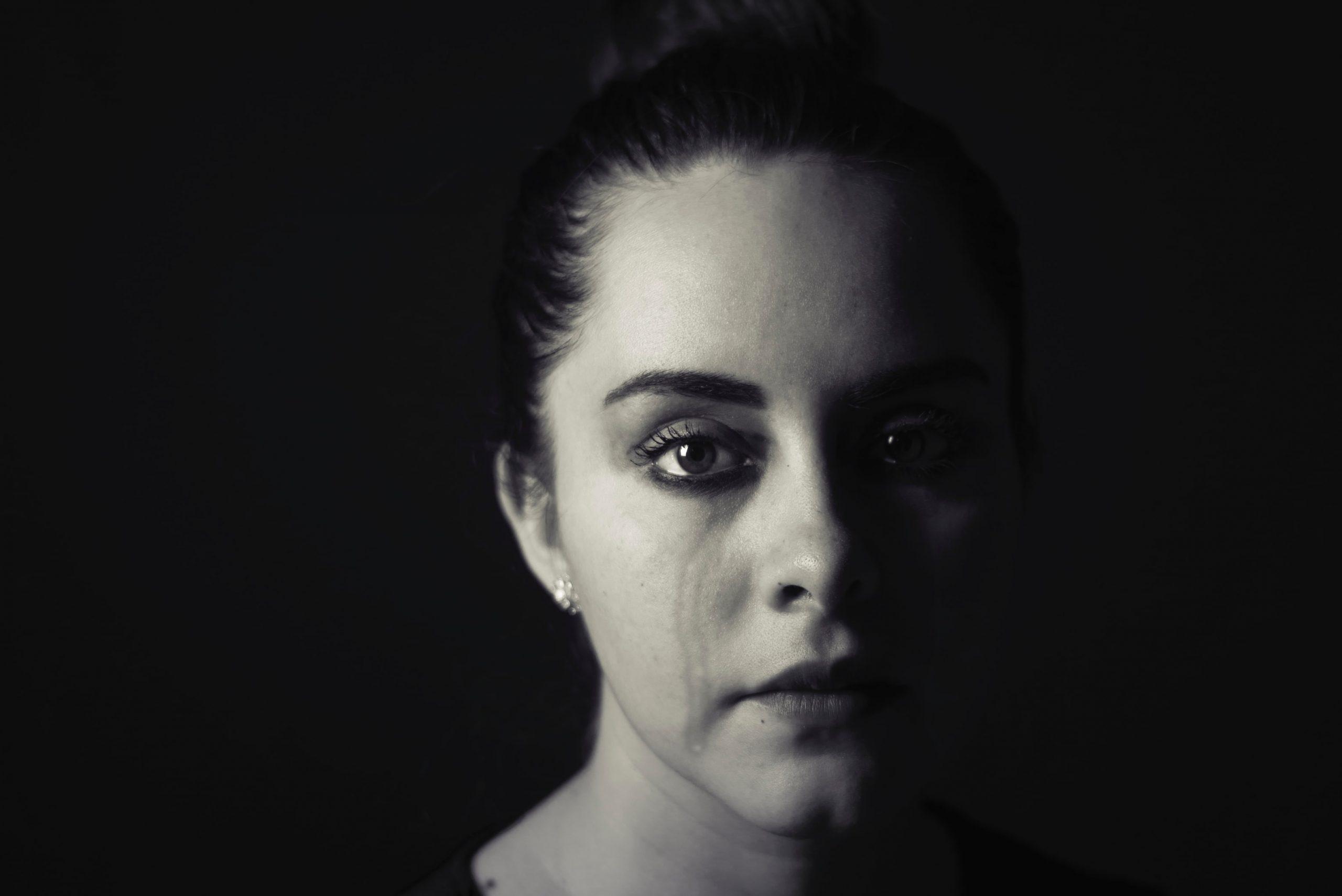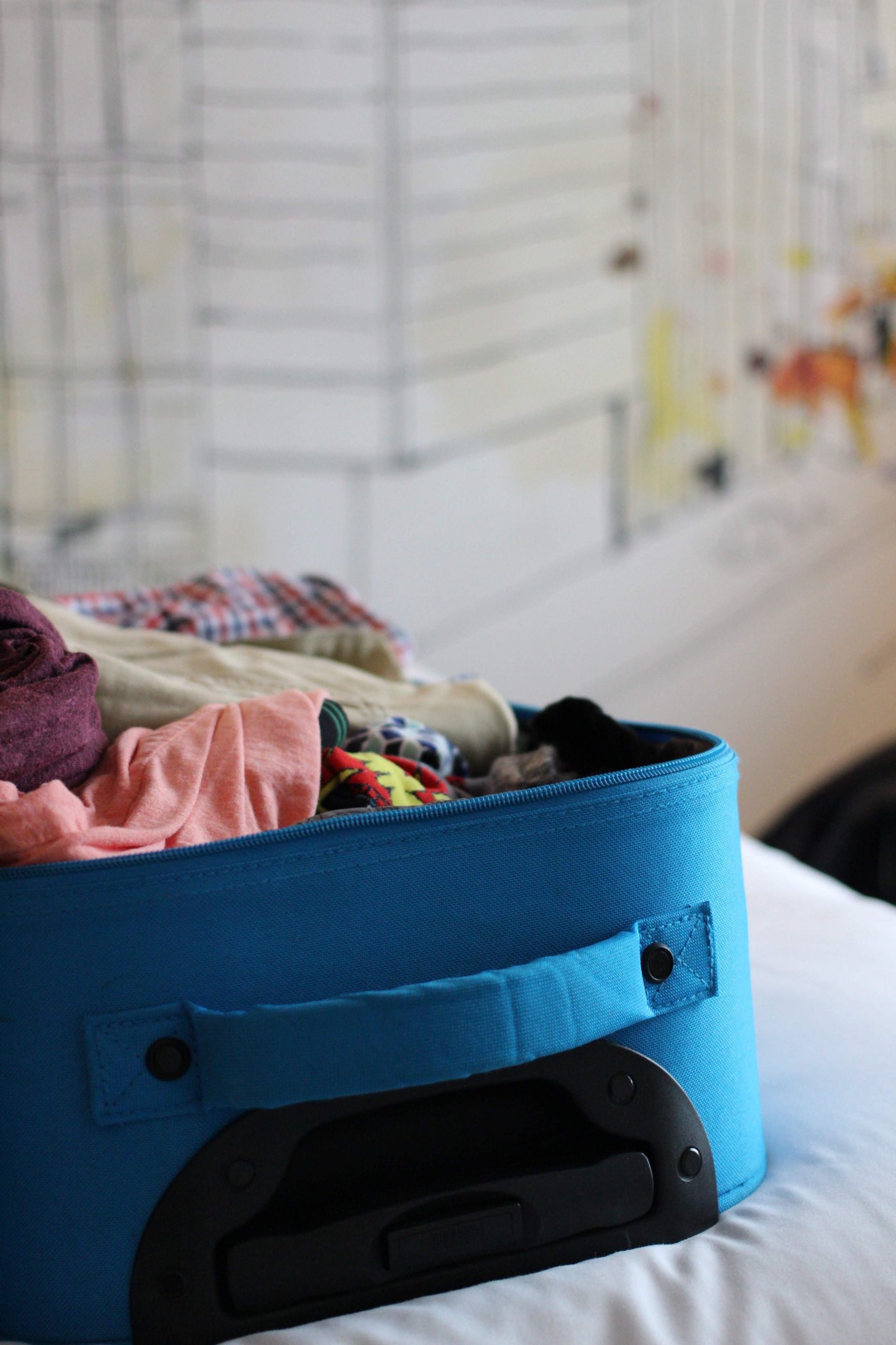It can be difficult to know as a parent when your child’s anxiety is reaching a point where they need help. What is considered normal nervousness and stress, and what are some red flags that could clue parents in that it’s time to get help? In this two-part article, I will be discussing what’s normal, reasonable anxiety, and what are some signs that it’s time to see a therapist.
Normal Anxiety
All children will experience some fear and anxiety throughout their life. In fact, it is developmentally appropriate that children experience nervousness when faced with something new or stressful. This fear is natural, because it signals the brain to proceed with caution when facing a new stressor. Sometimes even exciting things can first be seen as fearful to children.
Children experience these normal anxiety-provoking situations by backing off, seeking assurance from parents, or having shaky confidence for a while. When the child has mastered the situation, this confidence will grow again, and you will see your child overcome their initial fear. Parents can help their children to overcome these fears by accepting and listening to their child’s concerns, soothingly correcting any misinformation the child might believe, and gently encouraging the child to take one step at a time until this fear is conquered. Being gentle and loving during this time is the key to helping your child overcome lingering anxiety.
Typical Childhood Fears
Early Childhood – At age one, children are healthily attached to their caregivers, and might be fearful of separation. This gradually improves until around kindergarten age, where this separation anxiety gets better. Children ages 3-6 might have trouble distinguishing between what is real and imaginary, which is why children of this age can be scared of people in costumes, the dark, under the bed, etc. During this early childhood period, children might fear sleeping alone, but this again usually resolves by kindergarten age.
Later Childhood – In elementary school, children are exposed to new and more realistic fears. These can include storms, burglars, fires, and getting sick, to just name a few. As they grow, and gain real world experience, children begin to understand better that these are not likely scenarios. In middle school, children begin to get really anxious about fitting in with peers, and how to act in social situations. They also begin to have performance anxiety, as they begin to excel in their chosen academic or extracurricular activities. High school age children still worry about social status, but also about their identity, and acceptance in the group that they want to be in. At this age, teenagers also begin to worry about the outside world, morals, and their future.
